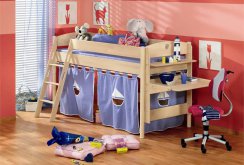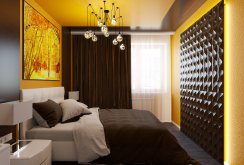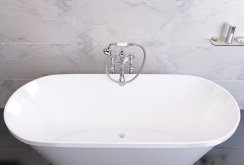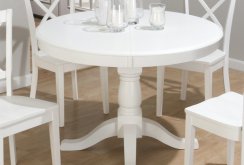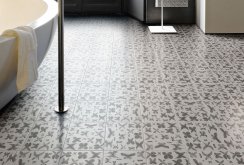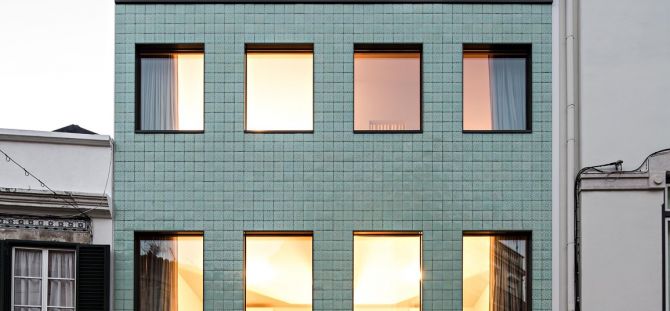 Facade tile: unlimited possibilities for creating spectacular facades (21 photos)
Facade tile: unlimited possibilities for creating spectacular facades (21 photos)
Facade tiles can transform any building. Some types of finishes also perform the function of insulation. Choose the type of finishing material with great care.
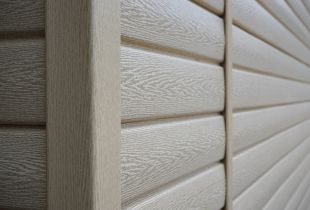 Block house siding: technological innovations (23 photos)
Block house siding: technological innovations (23 photos)
Siding block house is a great option for those who want to give their home a beautiful view. This finish option combines excellent performance with an original design.
 Facing stone in the exterior: natural motifs (25 photos)
Facing stone in the exterior: natural motifs (25 photos)
The popular use of stone for facing purposes is associated with a beautiful rich and unique appearance, but different materials have their own characteristics and characteristics.
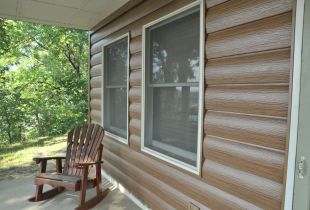 Siding under the beam - an incredibly beautiful design of the facades of houses (25 photos)
Siding under the beam - an incredibly beautiful design of the facades of houses (25 photos)
Siding under a bar looks very original and natural, but unlike a real bar, it has high resistance indicators and a long service life.
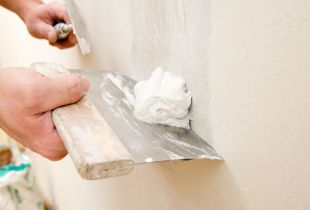 Facade putty: the difficulties of working with the composition
Facade putty: the difficulties of working with the composition
Facade putty is characterized by increased resistance and resistance to natural influences. A wide range of colors allows you to choose the option for every taste.
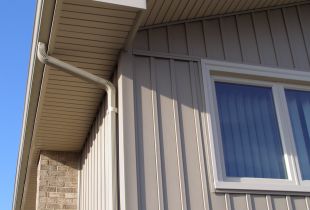 Vertical siding in home decoration: the main advantages (21 photos)
Vertical siding in home decoration: the main advantages (21 photos)
Very often, residents of country houses prefer to use vertical siding for decoration. This cladding is very conveniently attached and visually makes the house taller.
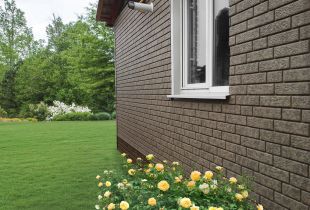 Brick siding in the design of the basement (24 photos)
Brick siding in the design of the basement (24 photos)
The similarity of basement siding with brickwork makes it widespread when cladding houses. Technical characteristics and appearance of the material make it possible to use it for finishing not only the base, but also ...
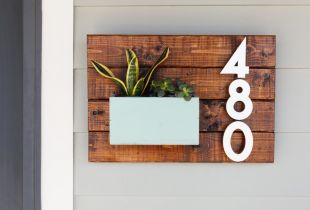 Nameplate at home: creative solutions (28 photos)
Nameplate at home: creative solutions (28 photos)
A plate on a house can be not just a metal bar with the name of the street and the house. If you approach the creation of this element with imagination, you can significantly transform the exterior of your home.
 Fiber cement siding: the possibility of durable imitation (22 photos)
Fiber cement siding: the possibility of durable imitation (22 photos)
Fiber cement siding is based on cement, sand and cellulose fibers. The material is practical, fire resistant, resistant to temperature extremes. Fiber cement siding is available in wood, stone and brick, the collections attract the attention of ...
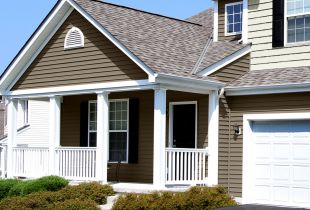 Vinyl siding: quick decoration of country houses (22 photos)
Vinyl siding: quick decoration of country houses (22 photos)
The American dream is the instant transformation of all the buildings on the site. Only with vinyl siding is it possible, easy and fast.
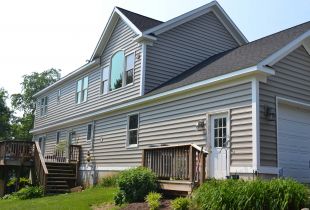 Acrylic siding for house cladding: modern advantages (21 photos)
Acrylic siding for house cladding: modern advantages (21 photos)
Recently appeared on the market, siding block house has won the favor of many consumers. The growing popularity of acrylic siding is associated with durability and increased resistance to ultraviolet rays.

 Block house siding: technological innovations (23 photos)
Block house siding: technological innovations (23 photos) Facing stone in the exterior: natural motifs (25 photos)
Facing stone in the exterior: natural motifs (25 photos) Siding under the beam - an incredibly beautiful design of the facades of houses (25 photos)
Siding under the beam - an incredibly beautiful design of the facades of houses (25 photos) Facade putty: the difficulties of working with the composition
Facade putty: the difficulties of working with the composition Vertical siding in home decoration: the main advantages (21 photos)
Vertical siding in home decoration: the main advantages (21 photos) Brick siding in the design of the basement (24 photos)
Brick siding in the design of the basement (24 photos) Nameplate at home: creative solutions (28 photos)
Nameplate at home: creative solutions (28 photos) Fiber cement siding: the possibility of durable imitation (22 photos)
Fiber cement siding: the possibility of durable imitation (22 photos) Vinyl siding: quick decoration of country houses (22 photos)
Vinyl siding: quick decoration of country houses (22 photos) Acrylic siding for house cladding: modern advantages (21 photos)
Acrylic siding for house cladding: modern advantages (21 photos)